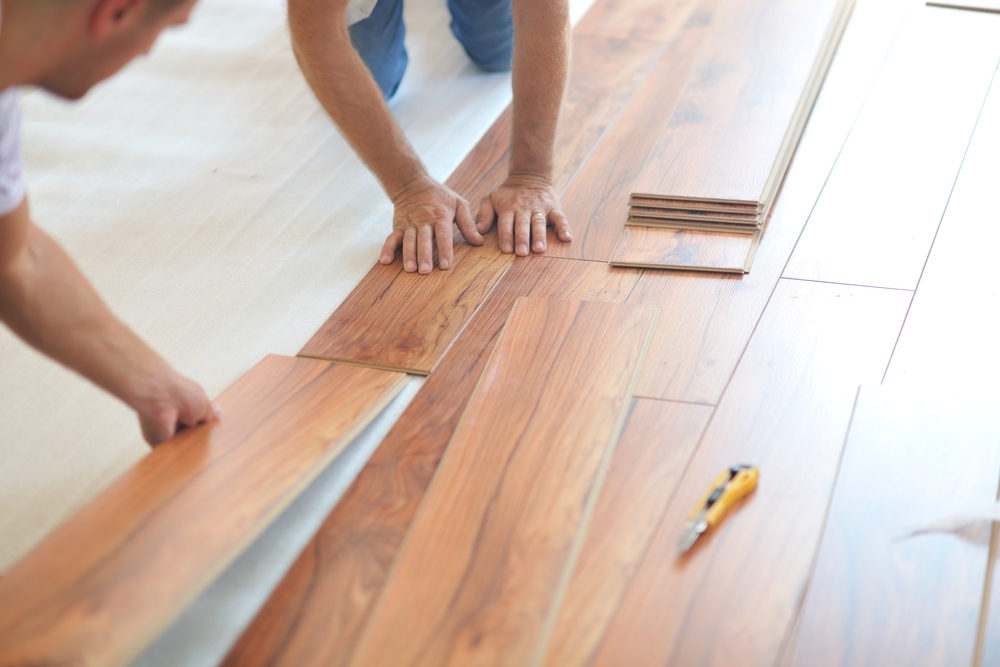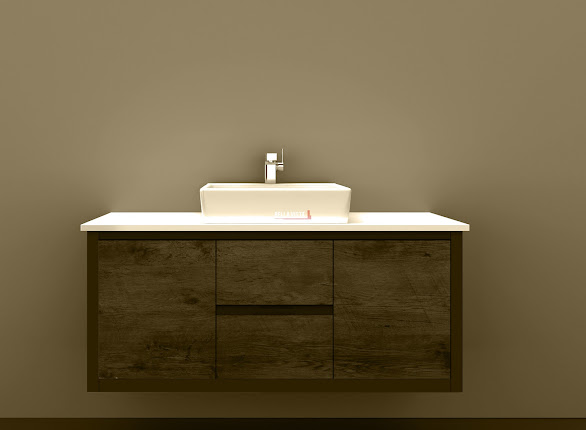Fascinating Advantages Of Installing Floating Timber Flooring.
Without the comfort of timber flooring, it's difficult to imagine a home. Installing a floating timber floor is the quickest way to get fresh wood underneath your feet. A floating timber floor is not secured with nails, in contrast to conventional solid-wood strips. The planks are joined instead of using glue or snaps. The planks are installed quickly over almost any surface, including concrete, plywood, sheet vinyl, and even ceramic tile.
While there are many floating timber floor options, engineered flooring is the best option if you desire real timber.
What is a floating floor?
A floating timber floor is installed without the use of nails. Wood planks are attached by snapping them together like a puzzle rather than fastening them to the ground. Therefore, rather than being firmly linked to the substrate, the floor is more or less "floating" above it.
The floating floorboards facilitate quick, easy, and cost-effective installation. This technique works for a variety of floor materials, including porcelain tiles, sheet vinyl, concrete, and plywood.
As you might expect, if a floating floor is not constructed properly or the subfloor is not ready beforehand, it could feel a little hollow under your feet.
Is a floating floor a good option?
If you enjoy DIY projects or are on a tight budget, a floating floor is an excellent choice. This technique was historically first used for floating laminate flooring, but it has since been applied to many other types of flooring.
In essence, a floating floor is constructed of distinctive planks that fit together like pieces of a puzzle. They are therefore perfect for being installed over old floors. For instance, if you have a worn-out, old hardwood floor that requires extensive repairs, you can temporarily conceal it with a floating timber floor while you wait to fix it.
Additionally, as floating timber floors are non-invasive, the subfloors are unaffected. They can be used once more because of their click-lock design. Additionally, they are ideal for floor heating systems, which increases their efficiency and facilitates installation.
Advantages of installing a floating floor:
It is less expensive
Installing floating engineered wood or any other kind of "floating" material is typically less expensive. Many people have turned to DIY projects around the house in the past 18 months while being quarantined in their houses due to the Coronavirus outbreak.
If you want to DIY, floating timber floors can be a great remodelling concept. They often don't need nails or adhesive, and they may be quickly set down.
DIY-friendly:
I agree, completely. You can practise your newly acquired DIY talents in a single room or the basement before expanding to the entire house.
With this installation technique, the floor can expand and contract in reaction to changes in the air quality of the room (temperature and humidity). Additionally, you can place it over the concrete subfloor in the basement.
Variety and versatility
It comes in a variety of kinds and materials, from floating timber floors to floating tile floors.
Eco-friendly installation process:
The only thing needed is you and several click-lock or tongue-and-groove planks of wood or tiles. It requires less wood, fewer supplies, no adhesive, and no nails. You can ask a handyman for assistance if you're feeling overwhelmed.




Comments
Post a Comment